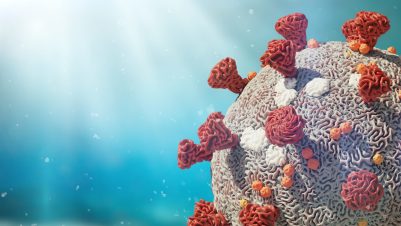Students spend innumerable hours studying cats and dogs in vet school; they see these animals every day during their placements in small animal practice and once graduated, are encouraged to follow an evidence-based approach to treating all their patients. For wildlife vets and pathologists, particularly those involved with conservation work, useful information is likely to be far sparser and divided between an array of books, papers and unpublished resources.
How would a veterinary surgeon know where to begin when tasked with understanding the pathology of a critically endangered ape? Well, John E Cooper and Gordan Hull’s Gorilla Pathology and Health would, without doubt, be the best place to start.
The book is difficult to put down – not least because of the plight of having to find a space large enough to occupy it on the bookshelf. Containing 631 pages, the A4 text certainly could not pass for “light reading”. Its size may make the book awkward to read in bed, but it has allowed the authors to cover topics in fantastic detail and has meant that the wealth of information could be enhanced with a great selection of beautiful photographs and illustrations.
The first section of the book, written primarily by John E Cooper, who is a specialist veterinary pathologist with vast experience in wildlife pathology, considers pathological changes and tissue responses in gorillas. It is written mostly with reference to animals in the wild, but does draw on information from those kept in captivity. The chapters cover the history of primate pathology, infectious and noninfectious disease, methods of investigation and detailed information on the pathology of various body systems.

His wife, Margaret E Cooper, a lawyer with a keen interest in wildlife law, has contributed an interesting chapter on legal considerations, particularly with reference to gorilla conservation.
The second part of the book, the reference catalogue, is an incredible feat. The immense collection of data (listed by locality and documenting useful information about each specimen, including accession numbers) has been gathered from materials held all over the world. This section was largely composed by Gordon Hull, an enthusiastic naturalist and member of the Gorilla Pathology Study Group. It provides a “one stop shop” for data on gorilla materials that might otherwise have been difficult to find, or even inaccessible. The information could have great implications for research projects and could surely aid the development of methods employed in conservation programmes.
An invaluable resource for any veterinary pathologist or surgeon who may encounter gorillas in their work, this book is also a fascinating read for anybody with an interest in wildlife. It covers everything from taxonomy to welfare and provides useful comparisons with other species, including our own. This book is a very high quality resource that contains an immense collection of logically organised, difficult to come by information.












